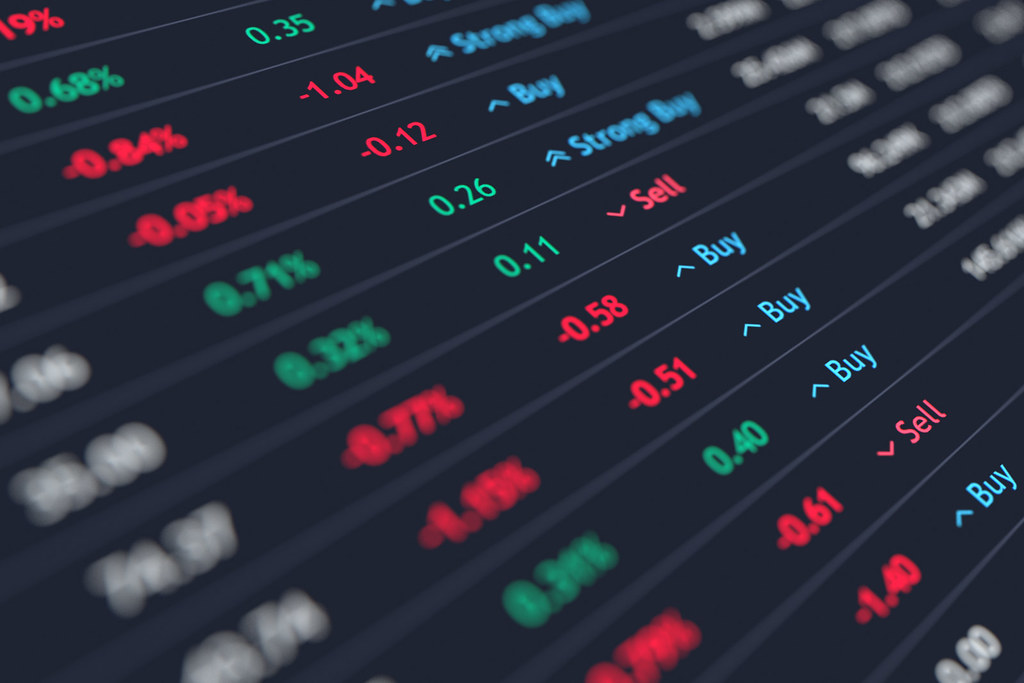GLOBAL MARKETS-Stocks tumble, dollar soars and bonds plunge as recession fears grow
The euro and sterling plummeted to 20- and 37-year lows, respectively, and the dollar soared as investors sought a new equilibrium in bond and stock valuations after the Federal Reserve this week signaled rates would be higher for longer. George Goncalves, head of U.S. macro strategy at MUFG, said the Fed wanted financial conditions to tighten and that high interest rates were the mechanism to deliver a market that investors hadn't seen for a long time.

U.S. and European stocks tumbled on Friday, the dollar scaled a 22-year high and bonds sold off again as fears grew that a central bank prescription of raising interest rates to tame inflation will drag major economies into recession. The Dow Industrials was poised to confirm a bear market as a deepening downturn in business activity across the euro zone, and U.S. business activity contracting for a third straight month in September, left Wall Street wallowing in a sea of red.
British assets weakened further after the UK government announced huge debt-financed tax cuts that will boost borrowing, sending UK bond yields vaulting higher in their biggest daily increases in decades. The euro and sterling plummeted to 20- and 37-year lows, respectively, and the dollar soared as investors sought a new equilibrium in bond and stock valuations after the Federal Reserve this week signaled rates would be higher for longer.
George Goncalves, head of U.S. macro strategy at MUFG, said the Fed wanted financial conditions to tighten and that high interest rates were the mechanism to deliver a market that investors hadn't seen for a long time. "It's something we're not used to, that's why it's more surprising for most," he said. "It's going to be a long staring contest between the Fed and the markets, and in the middle is the economy which is not responding yet to this tightening."
MSCI's world stocks index shed 2.57% and the pan-European STOXX 600 index closed down 2.34%. On Wall Street, the Dow Jones Industrial Average fell 2.35%, making it the first major U.S. stock index to fall below its June trough on an intraday basis. The S&P 500 lost 2.50% and the Nasdaq Composite dropped 2.55%.
Interest rates were also hiked in Britain, Sweden, Switzerland and Norway - among other places - this week, but it was the Fed's signal that it expects high U.S. rates to last through 2023 that sparked the latest rout in equity and bond markets. Investors are trying to get a handle on inflation to confidently determine how high rates will go, said Andrzej Skiba, head of the BlueBay U.S. Fixed Income team at RBC Global Asset Management.
"There's unease in the market about having confidence that we know how inflation will develop and that yields will indeed peak in the mid-high 4s," he said, referring to a Fed projection in late 2023 of the fed funds rate at 4.6%. "People have been reflecting on that uncertainty and it might mean more tightening ahead, it might mean even more tightening of financial conditions that the markets have to go through."
The euro fell for a fourth straight day, sliding 1.55% to $0.9684 after data showed the downturn in the German economy has worsened in September. The dollar index rose 1.627%. The Japanese yen weakened 0.67% to 143.32 per dollar, but is likely set for its first weekly gain in more than a month after Japanese authorities intervened in markets on Thursday to support the currency for the first time since 1998.
The UK bond market went into a tailspin, with yields on the five-year gilt leaping about 50 basis points to 4.052%, the biggest one-day rise since at least late 1991, according to Refinitiv data, after the government unveiled its tax cuts. Sterling, which fell 3.41% to $1.0873, had already been under severe pressure before the announcement. Since the start of July it's down 9%, on track for its worst quarter since 2008.
"Typically looser fiscal and tighter monetary policy is a positive mix for a currency - if it can be confidently funded," said Chris Turner, global head of markets at ING. "Here is the rub - investors have doubts about the UK's ability to fund this package, hence the gilt under-performance."
With U.S. rates set to rise faster and stay high for longer, the dollar hit its highest in two decades and extended its double-digit gains for the year against several currencies. Yields on the benchmark 10-year U.S. Treasury note have soared as investors ditch inflation-sensitive assets like bonds.
Global government bond losses are on course for the worst year since 1949, BofA Global Research said in a note. The yield on 10-year Treasury notes was down 2.5 basis points to 3.683%.
A closely watched part of the U.S. Treasury yield curve measuring the gap between yields on two- and 10-year Treasury notes, seen as a harbinger of a recession in a year or two, was at -51.6 basis points. Euro zone bond yields also rose sharply, with the Italian 10-year hitting 4.294%, its highest since late 2013, ahead of Italian elections on Sunday.
Gold, which pays no interest, has come under pressure, particularly over the course of this quarter, as yields have risen. Spot gold dropped 1.6% to $1,643.85 an ounce. (Additional reporting by Tom Westbrook in Sydney and Joice Alves in London Editing by Kirsten Donovan, Angus MacSwan and Mark Potter)
(This story has not been edited by Devdiscourse staff and is auto-generated from a syndicated feed.)
ALSO READ
British billionaire Joe Lewis gets no prison time at sentencing for insider trading
British PM Rishi Sunak unveils GBP 35 million investment in grassroots cricket to widen participation in schools
New UK documentary examines racist attacks on British Indians
Italian safety certification firm assesses Kavach system installed in Agra Rail Division
Giorgio Armani bags were produced by exploited Chinese workers near Milan, Italian police say










